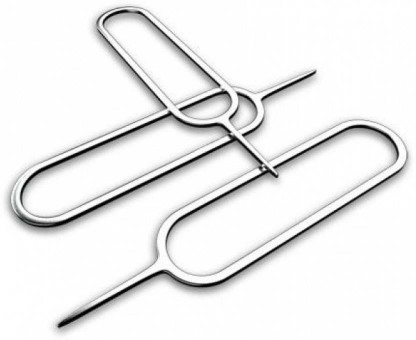
Open the Camera and scan the QR code from your carrier.ĭownload your carrier's app from the App Store and follow the in-app prompts. Use any of the methods below to set up an eSIM on your iPhone: However, it's possible you might be able to use two nano-SIM cards instead.Īn eSIM is a digital SIM card. So you don't need to physically insert it into your iPhone. In most countries, a dual-SIM iPhone means you can use one nano-SIM card and one eSIM. You can even choose a default number to use for each contact in your address book.

This is particularly useful if you use a separate number for business and personal calls. If you have an iPhone XR, an iPhone XS, or later, you might be able to use dual SIM cards with your iPhone.
Sim card removal how to#
How to Use Dual SIM Cards With Your iPhone But you do need to make sure you're using an unlocked phone or that your SIM card matches the network the phone is locked to. It doesn't matter if it's an iPhone or an Android device, your SIM card should work in either. Alternatively, put your existing SIM card into a new phone and start using that instead. You also can't use cellular data anymore, although you can still connect to Wi-Fi.Īll you need to do to remedy this is put in a new SIM card linked to an account with calls, texts, or cellular data for you to use. However, that means you can't receive phone calls or text messages after you remove the SIM card from your iPhone. You can move it from one phone to another and your phone number goes with it. What Happens When You Take Out the SIM CardĪ Subscriber Identifier Module card-more commonly known as a SIM card-stores your phone number and cellular plan details.


We'll show you how to get the SIM card out of your iPhone and change it with a new one, whether it's a different size or a digital eSIM instead.įollow the same instructions to remove the SIM card from your cellular iPad as well. Apple makes it easy to take out the SIM card no matter which model iPhone you have, all you need is a SIM removal tool or a paperclip. You might need to remove the SIM card from your iPhone when you upgrade to a new device, change network, or send your phone away for repair.


 0 kommentar(er)
0 kommentar(er)
